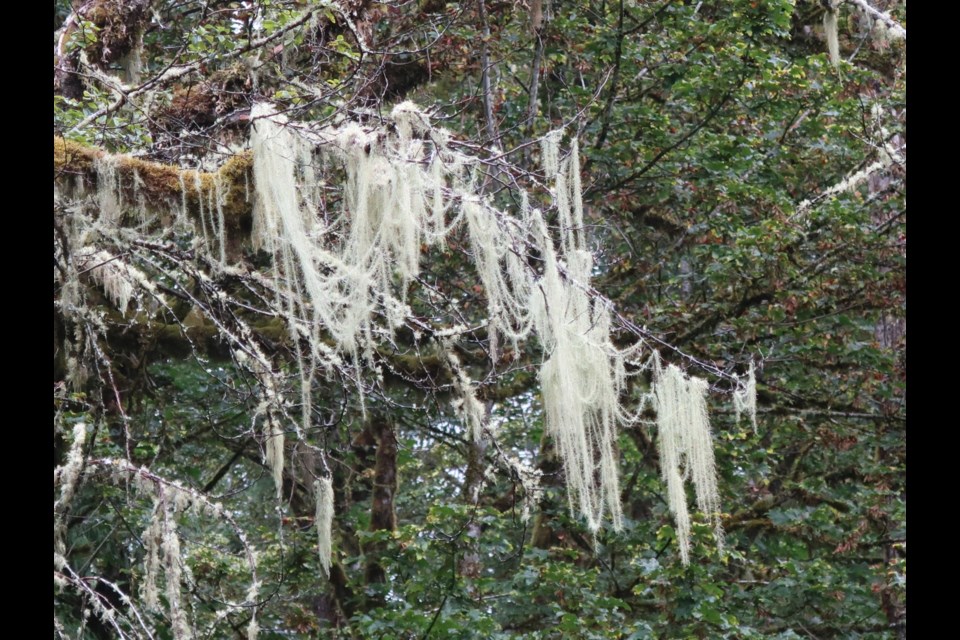THUNDER BAY — Lichen experts and university students from across North America are converging this week on Sleeping Giant Provincial park, east of Thunder Bay.
"The north shore of Lake Superior is a hotspot for biodiversity, particularly lichens," says Dr. Troy McMullin, research scientist and lichenologist with the Canadian Museum of Nature.
It's why about 50 people are registered for an international fieldwork conference where they will collect and document lichens as part of an annual gathering known as the Tuckerman Workshop.
McMullin said no one has ever done a focussed survey of lichens in this part of the country.
"We expect there to be a lot of interesting finds, particularly because the region is known to host species that are found as far away as the Arctic and Canada's coastal regions," he said.
There are an estimated 2,500 species of lichens in Canada.
Scientists say the unique organisms—part fungi and part algae and/or cyanobacteria—fill an important niche in the natural world.
They are among the first colonizers of bare rock, and prevent erosion by stabilizing soil.
Lichen also provide food for animals, habitat for insects, ingredients for traditional medicines and dyes, and can serve as monitors for air pollution.
McMullin noted that lichens "eat the air," so the presence of specific species can indicate the health of the environment around them.
The workshop, which runs from Sept. 5 to 10, has attracted participants from universities, botanical gardens and research instructions in Canada and the United States.
It's coordinated by the Canadian Museum of Nature and the New York Botanical Garden with support from Ontario Parks and Lakehead University.
Specimens collected in the field will be taken to the Sleeping Giant Provincial Park lodge to be identified using microscopes and a temporary laboratory space.
McMullin worked with staff at the Lakehead University herbarium to create the lab setting.
